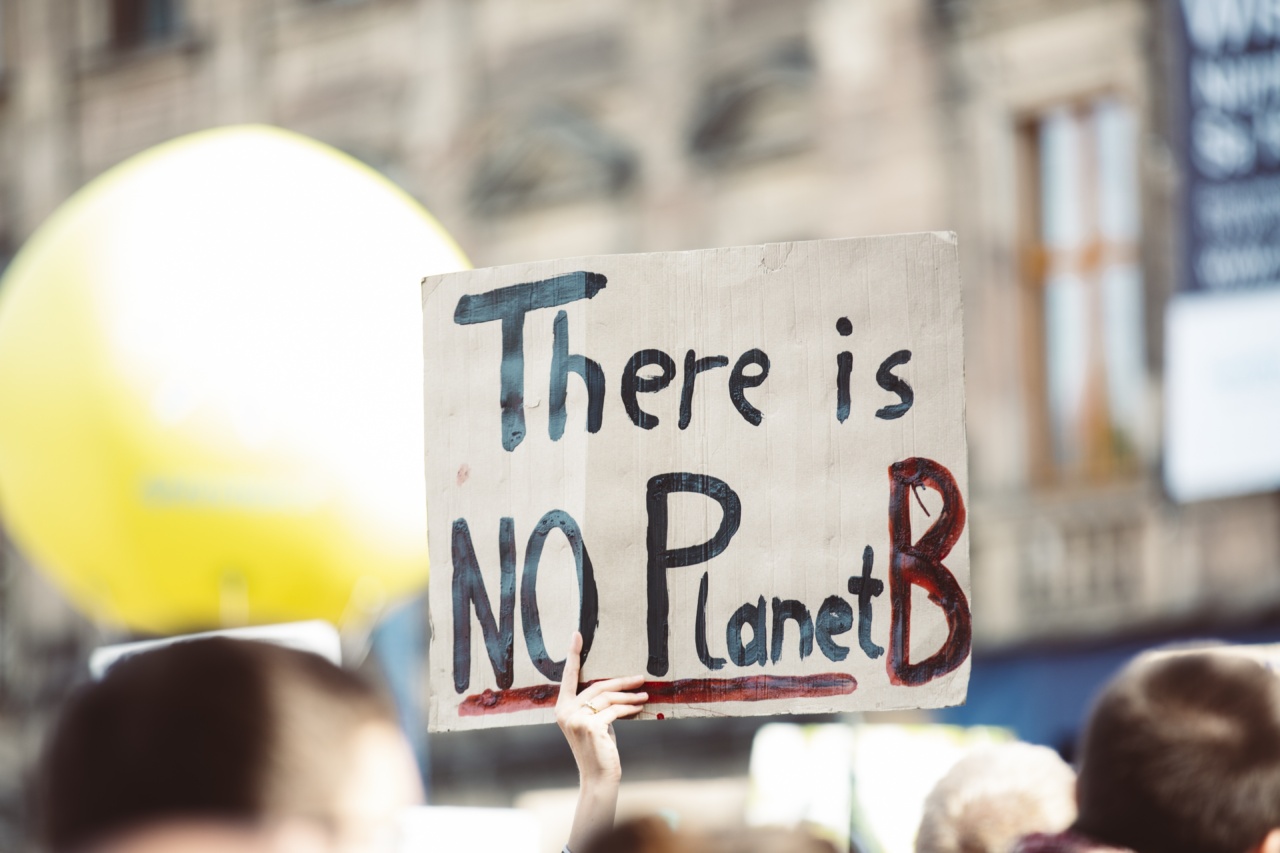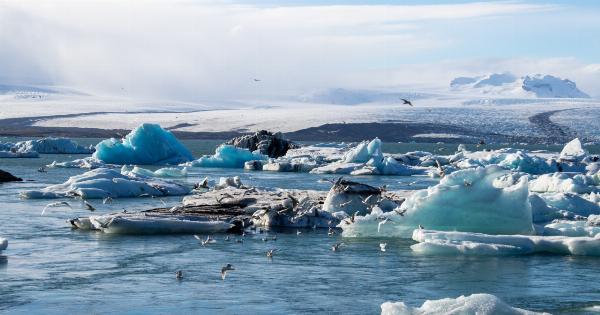Climate change is one of the most pressing environmental issues of our time. It refers to long-term changes in temperature, precipitation, wind patterns, and other aspects of the Earth’s climate system.
One of the most significant consequences of climate change is the increase in extreme heat events. Heatwaves have become more frequent and intense in many parts of the world, posing serious risks to human health, ecosystems, and the economy.
The Science behind Heatwaves
Heatwaves are prolonged periods of excessively hot weather, typically lasting several days or even weeks. Heatwaves occur when high-pressure systems trap warm air in a region, preventing it from dispersing.
As greenhouse gases, such as carbon dioxide, accumulate in the atmosphere, they act like a blanket, trapping heat and causing the Earth’s temperature to rise.
With the ongoing climate crisis, heatwaves have become more frequent and intense. The Intergovernmental Panel on Climate Change (IPCC) predicts that heatwaves will become more severe, more frequent, and longer-lasting in the coming decades.
This poses significant risks to vulnerable populations, including the elderly, children, and individuals with pre-existing health conditions.
Health Impacts of Heatwaves
Extreme heat poses various health risks. The most immediate concern is heat stroke, which occurs when the body’s core temperature rises above 40°C (104°F). Heat stroke can be life-threatening and requires immediate medical attention.
Heatwaves also exacerbate existing health conditions, such as cardiovascular and respiratory diseases. Moreover, heat stress can lead to dehydration, heat exhaustion, and kidney problems.
Studies have shown that heatwaves are associated with increased mortality rates. In 2003, an intense heatwave in Europe caused an estimated 70,000 premature deaths.
High temperatures can also worsen air quality by increasing levels of smog and pollutants, leading to respiratory problems and cardiovascular complications.
Impacts on Ecosystems
Heatwaves not only affect human health but also have severe impacts on ecosystems. Natural habitats and biodiversity are at risk as extreme heat can cause stress and damage to plants and animals.
Forests and coral reefs, for example, are highly sensitive to heat stress. Increased temperatures can lead to the bleaching of coral reefs and the loss of plant species, disrupting ecosystems and reducing the availability of food and resources for wildlife.
Heatwaves can also trigger wildfires, destroying large areas of forests and releasing vast amounts of carbon dioxide into the atmosphere.
The resulting smoke and pollutants can affect air quality over vast distances and have adverse health effects on both humans and animals.
Economic Consequences
The economic consequences of heatwaves are significant. Agricultural productivity can be severely impacted as crops fail due to excessive heat and drought. Heat stress on livestock can lead to reduced meat and milk production.
In addition, heatwaves can disrupt power grids as the demand for air conditioning increases, potentially leading to blackouts during peak periods.
The tourism industry is also vulnerable to the impacts of heatwaves. Popular destinations may become less attractive if the heat becomes unbearable, leading to a decline in tourist arrivals and revenue.
Heat-related health issues can also burden healthcare systems, causing additional costs for medical treatment and emergency services.
Adapting to Heatwaves
Adaptation and mitigation strategies are crucial to address the challenges posed by heatwaves in the context of climate change.
Governments, communities, and individuals must implement measures to reduce greenhouse gas emissions and limit global warming. Transitioning to renewable energy sources, improving energy efficiency, and promoting sustainable transportation are some ways to mitigate the impacts of climate change.
At the local level, urban planning can play a significant role in reducing the impact of heatwaves. Creating green spaces, planting trees, and improving building design to enhance ventilation and reduce heat absorption can help cool urban areas.
Heat emergency response plans, including public awareness campaigns and the establishment of cooling centers, can also protect vulnerable populations during heatwaves.
The Role of International Cooperation
Addressing the challenges of climate change and its impacts on heatwaves requires global cooperation.
International agreements, such as the Paris Agreement, aim to limit global warming to well below 2 degrees Celsius above pre-industrial levels and to pursue efforts to limit the temperature increase to 1.5 degrees Celsius.
Through these agreements, countries commit to reducing greenhouse gas emissions and supporting adaptation measures.
Sharing knowledge, technology, and financial resources is key to supporting developing countries in their efforts to adapt to heatwaves and other climate change impacts.
The Way Forward
Climate change and heatwaves pose significant risks to human health, ecosystems, and the economy. Efforts to reduce greenhouse gas emissions and limit global warming are essential to mitigate the increasing severity and frequency of heatwaves.
Adaptation measures, such as urban planning, resilient infrastructure, and heat emergency response plans, can help protect vulnerable populations.
International cooperation and commitments are crucial to address the global nature of climate change and its impacts.




























